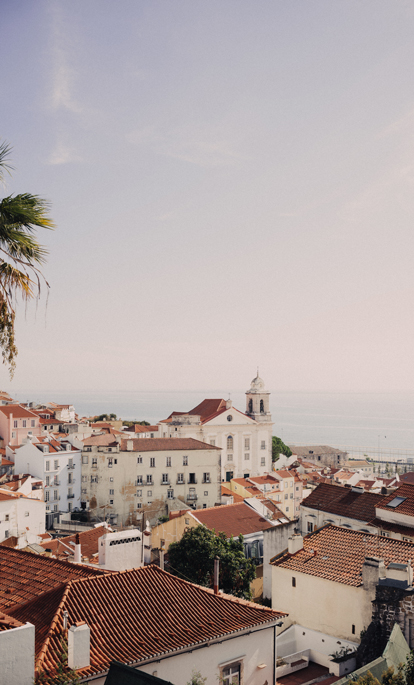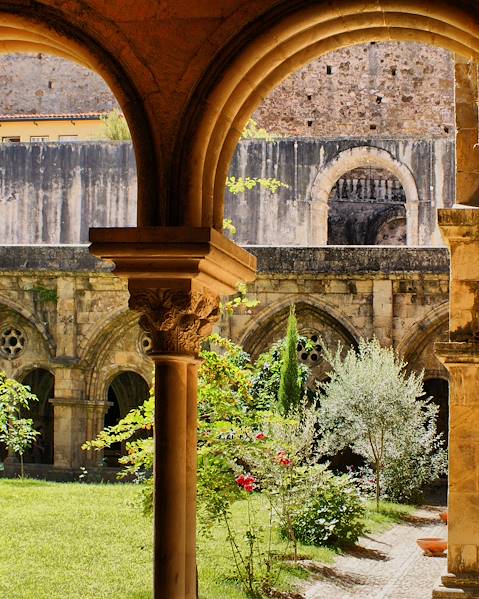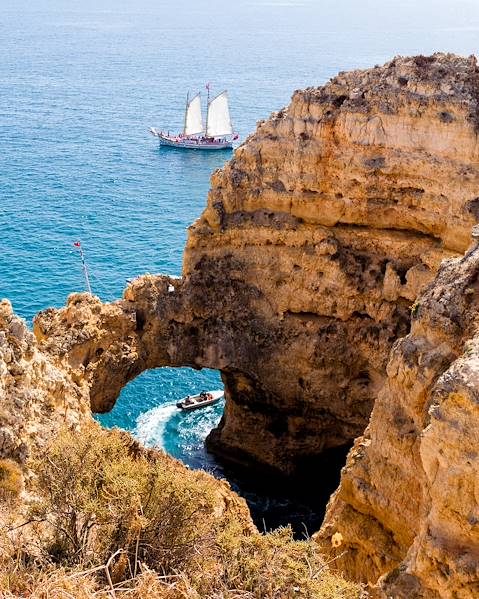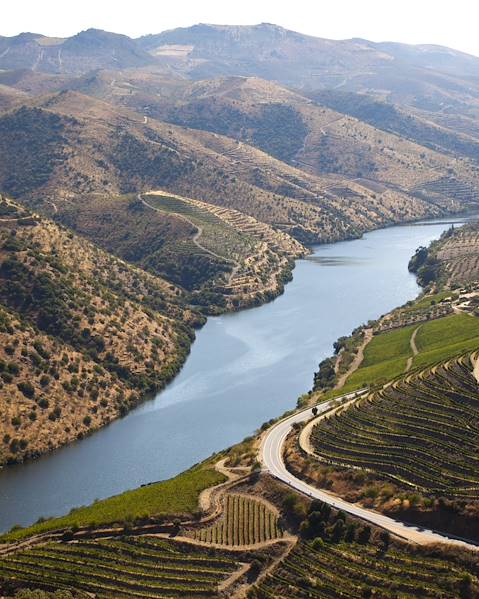Portugal holidays can be many things; a seaside sojourn to the likes of Alentejo and the Algarve, a cultural city break to the UNESCO-listed sites of Lisbon and Porto, or even a dream diving destination thanks to the Azores. Whatever your preference, thanks to its fairly pocket-sized proportions, you can rest assured that the transport in Portugal won’t be an issue. The country’s public transport system is efficient and inexpensive, while the roads are relatively well-maintained and easy to navigate.
By Bus
Buses connect almost all of Portugal’s towns and villages, with services run by a number of different private companies. Tickets and timetables (horários) can be found on the Rede Expressos website, or at bus stations and ticket desks, and it is recommended to buy tickets in advance during summer in tourist areas. There are also local and rural buses that cover most destinations, with the exception of some remote beaches and natural parks. You’ll find timetables and tickets at the local bus station and it’s important to note that departures are often limited to once or twice a day and are reduced on weekends.
By Metro or Tram
Both Lisbon and Porto have metro systems, which are inexpensive and efficient to use – the Porto Metro website has detailed maps, timetables and tourist routes for planning journeys. Lisbon and Porto also have historic tram systems (identified by their bright yellow colouring), although these are largely considered to be a tourist attraction and best suited to short trips through the cities.
By Train
Comboios de Portugal is the national rail network and, for the most part, travelling by train is efficient and easy (not to mention, picturesque). Some of the lines in the north are particularly scenic, such as the Douro line from Porto to Pocinho. It’s worth noting that more rural train stations are sometimes located outside of the town or village that they serve; in the Algarve, the town of Loulé is situated almost four miles from the station of the same name. Tickets can be bought at stations or on the Comboios de Portugal website (timetables can also be found here). Booking a train five to eight days in advance can sometimes get you a 50% discount on your tickets.
By Car or Taxi
Renting a car and driving is an easy means of transport in Portugal and allows you the freedom to explore at your pace. Roads are generally well-maintained and signposted, with the exception of some in rural areas, so drive with care when venturing into the countryside. It’s worth being aware that many motorways have toll gates, where you can pay in cash or by card. Uber is available in larger cities and tourist areas, including Lisbon, Porto, the Algarve and Braga. Taxis are also fairly inexpensive in Portugal, with meters used to calculate fares in towns and cities. Be sure to always use licensed taxis – most will have taxi signs on the roof and in Lisbon, they are usually painted black and green.
By Plane
There are several airports in Portugal; the major ones on the mainland are Lisbon, Porto and Faro, while Madeira and the islands of the Azores have their own as well. Since Portugal is fairly compact, it’s unlikely that you’ll need to fly internally between places on the mainland (and we’d always recommend train travel over planes). However, if you choose to visit the Azores or Madeira, flying will be your best option (there is an occasional ferry service between the Algarve and Madeira).
By Bike
Cycling has become a popular way of navigating Portugal’s major cities, with cycle paths across Lisbon and Porto, as well as longer-distance paths along former railway lines. Bikes can be rented from specialist outlets, as well as some hotels, and make for a healthy and green means of transport in Portugal.
















